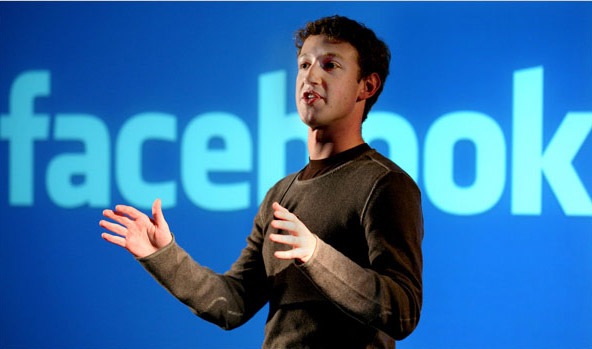According to the Treasury Department, the government is about $66 billion below its $16.4 trillion debt ceiling, a legal borrowing limit that is set and periodically raised by Congress. When the country hits the ceiling — sometime toward the end of December, analysts estimate — it would start a countdown clock that would end with Washington running out of money to pay its bills.
That event might hobble the government, ruin the country’s credit and send markets into an outright panic, analysts predict. But despite — or because of — the debt ceiling’s potential to disrupt the economy, members of Congress are refusing to raise it as a matter of course, instead using it as a potent political football to extract concessions from the other side.
“I will not raise the debt ceiling ever again until we get significant entitlement reforms, because if we don’t reform entitlements, we’re going to become Greece,” Senator Lindsey Graham, Republican of South Carolina, said on CNN this week. If President Obama “doesn’t lead, there’s going to be one hell of a fight over raising the debt ceiling.”
The White House has pushed back by warning Republicans away from the ceiling in strong terms. “We cannot play this game, because while it might be satisfying to those with highly partisan and ideological agendas, it’s not satisfying to the American people and is punishing to the American economy,” said Jay Carney, the White House spokesman, this week. “We cannot do it.”
Some Democrats have in recent weeks urged the White House to mount a legal challenge to the ceiling itself. The White House has ruled out such measures. But in its initial proposal to avert the worst of the year-end tax increases and spending cuts, the so-called fiscal cliff, the Obama administration asked Congress to grant it more authority over the ceiling.
The White House’s plan — based on a proposal initially made by Senator Mitch McConnell of Kentucky, the Republican leader — would allow it to request an increase to the debt limit. Congress could pass a resolution blocking the increase, though such a resolution could be killed with a presidential veto.
Republicans immediately rejected the proposal. But it stems from the Obama administration’s deep frustration with Capitol Hill’s use of the ceiling as a source of political leverage, both last year and this year.
Mr. Boehner and Mr. Obama tried and failed to strike a long-term debt package before raising the debt ceiling, but not before scaring the markets and leading to the first-ever downgrade of the country’s credit rating.
This time, the ceiling is complicating the renewed negotiations on a long-term debt deal. Republicans are considering a plan to preserve the tax cuts on income up to $250,000 that Mr. Obama has requested, and then in the new year refuse to raise the debt ceiling unless the Obama administration concedes to cost reductions for Social Security, Medicaid and Medicare and possibly other programs.
When the country hits the ceiling, the Treasury would stop issuing new debt and start a series of “extraordinary measures,” technical maneuvers to leave it with enough money to pay all its obligations. But such extraordinary measures would buy the government only about six to 10 weeks, analysts estimate.
Eventually, its spending obligations would overwhelm incoming receipts, and the government would not be able to pay its bills. That would leave the Treasury in the position of choosing whether to pay bondholders or soldiers, the elderly or states.
Last summer, “Treasury considered asset sales; imposing across-the-board payment reductions; various ways of attempting to prioritize payments; and various ways of delaying payments,” a department report said. “Treasury reached the same conclusion that other administrations had reached about these options — none of them could reasonably protect the full faith and credit of the U.S., the American economy, or individual citizens from very serious harm.”
Knowing exactly when the Treasury would reach that point is an exercise in guesswork. The Bipartisan Policy Center estimates the date would fall sometime in February.
If Congress failed to address any of the year-end spending cuts or tax increases, the government’s revenue would rise and spending obligations would fall. But analysts say they do not think that would delay the need to raise the debt ceiling for more than a few days.
“I’ve been here in 40 years this coming January, and I have never seen this many consequential spending and tax problems descend at the same time,” said Steve Bell, senior director of economic policy at the Bipartisan Policy Center, and a former Republican Hill staff member.
“There might be a variation of a day or two or four,” he guessed. But by sometime in March, Congress would have needed to raise the ceiling or the country might have entered another financial crisis — or even another recession.
Article source: http://www.nytimes.com/2012/12/15/business/on-capitol-hill-fiscal-talks-now-turn-to-us-borrowing-limit.html?partner=rss&emc=rss
